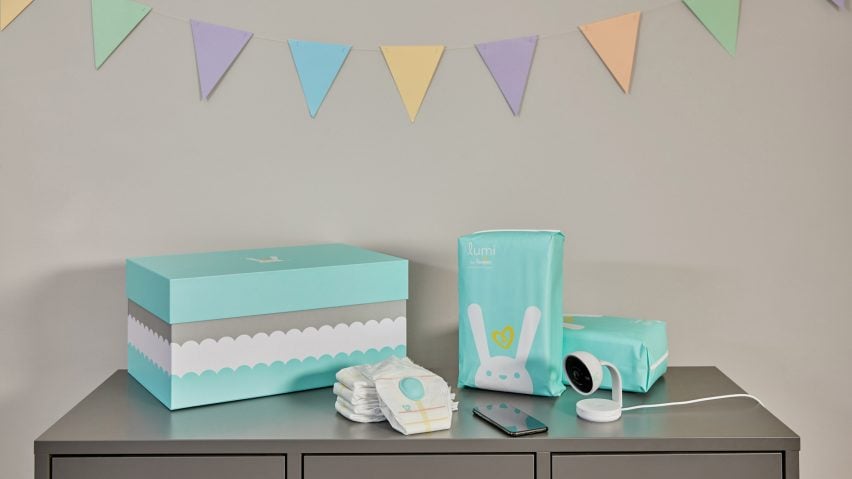Pampers has partnered with health software platform Verily, a sister company of Google, to create nappies that tell parents when their baby's nappy needs changing as well as monitoring their sleep patterns.
Lumi consists of the nappy itself, an activity sensor, a video monitor with two-way audio and an accompanying app that tracks all the data, to give parents a clear idea of their baby's routine.
The sensor is attached to the front of the nappy and automatically feeds data to the Lumi app. The smart system is intended to "help parents blend real-time data with intuition".
As well as recording how many times the nappy is changed each day, the sensor can tell if the nappy is wet from the baby's urine and how wet it is – whether dry, wet or very wet.
It also measures the amount of sleep the baby is getting, recording the time and duration of the nap.
"Everywhere we look, technology is simplifying and connecting our lives – but what about for parents?" said Pampers.
"Whether it is anticipating changes as babies grow and develop, helping to establish a routine or simply trying to better understand their baby's everyday development, there are so many things we can do to help parents."
The monitor has a wide-angle high-definition camera that parents can view through the app and a two-way audio system that allows the parent to both hear and speak to their child.
It also tracks the temperature in the room and its humidity.
Lumi was created with Verily, a sister brand to Google under the Alphabet umbrella. The Silicon Valley-based company was previously a part of Google X, the internet company's research and development arm.
Verily develops tools and software to enable the collection of health data to help patients and medical professionals track their needs.
The smart nappy system is launching in the US this autumn, before further releases worldwide.
London studio Blond also spotted a gap in the baby care market with a hygienic silicone baby bottle that lasts longer due to its thicker than usual walls and a tolerance of high temperatures.
The bottle grows with the child, as the nipple-like teat can eventually be replaced with a variety of plastic lids.

